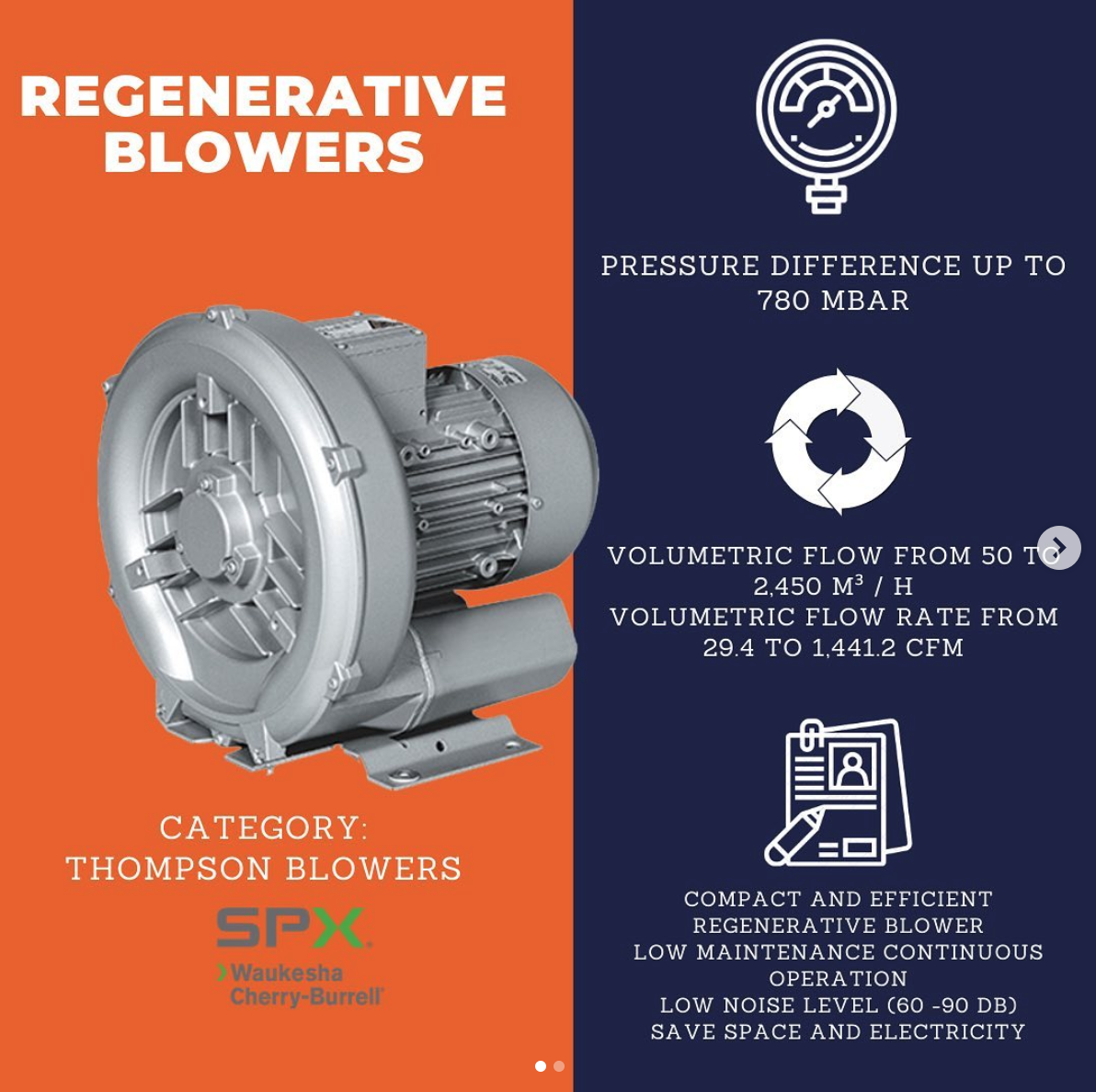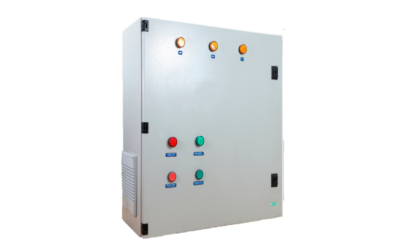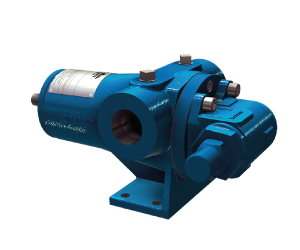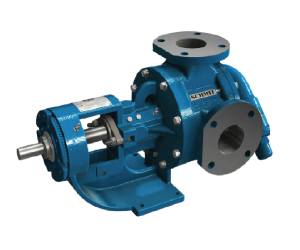What is to be done:
Install the pump as close to the supply tank as possible.
Leave a workspace around the pump unit.
Use large, short, straight suction tubes.
Install a strainer in the suction line, especially at start-up.
Double check the alignment after the unit is mounted and the tubing snags.
Provide a pressure relief valve for the discharge side of the pump, either in the line, or at the pump.
Have spare parts, pumps or spare units available.
Remember a few simple preventive maintenance procedures, like lubrication. Periodic clearance adjustment and examination of internal parts will extend the life of your pump.
Obtain, read, and maintain the maintenance instructions supplied with your pump.
What should not be done:
• Do not run the pump:
At speeds faster than designed.
At higher pressures than designed.
At temperatures higher than the limits shown in the general catalog of the model being used.
• Using an extra long suction line with a suction lift.
• Being conservative by using slower speeds, lower pressures, and using temperatures within the limitations of the pump materials, will pay off in longer trouble-free service and fewer problems if oil properties or application requirements must vary from those originally intended.




